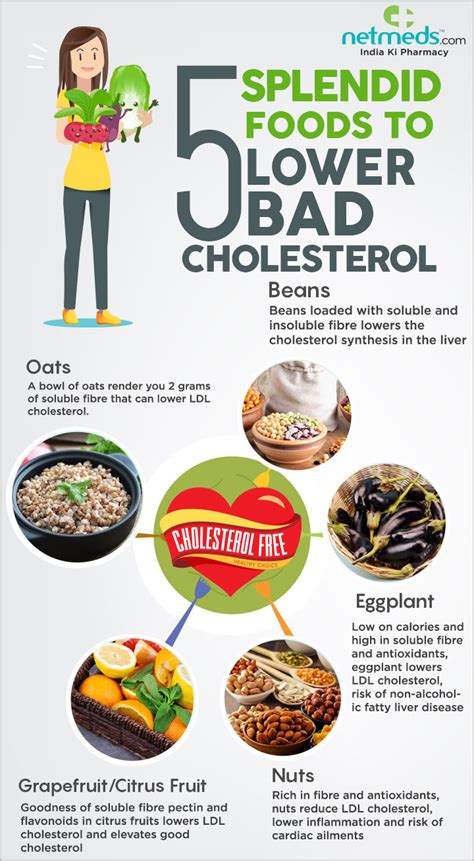How to Lower High Cholesterol: A Comprehensive Guide
High cholesterol is a significant health concern affecting millions, silently increasing the risk of heart disease and stroke. Understanding how to lower high cholesterol is crucial for a healthier, longer life. This comprehensive guide provides actionable steps and lifestyle changes to effectively manage your cholesterol levels.
Understanding Cholesterol: The Good, the Bad, and the Ugly
Before diving into solutions, let's clarify what cholesterol is. Cholesterol is a fatty substance found in your blood, essential for building healthy cells. However, high levels of LDL cholesterol (the "bad" cholesterol) can clog your arteries, leading to serious health problems. Conversely, HDL cholesterol (the "good" cholesterol) helps remove LDL cholesterol from your arteries. Triglycerides, another type of fat in your blood, also contribute to heart disease risk when elevated.
Lifestyle Changes to Lower Cholesterol Naturally
Many lifestyle modifications can significantly impact your cholesterol levels, often eliminating or reducing the need for medication.
1. Embrace a Heart-Healthy Diet:
- Reduce Saturated and Trans Fats: These fats are found in red meat, full-fat dairy products, processed foods, and fried foods. Replace them with healthier options.
- Increase Soluble Fiber Intake: Foods rich in soluble fiber, like oats, beans, apples, and barley, help bind cholesterol and eliminate it from the body. Consider adding a daily serving of oatmeal or a fiber supplement.
- Boost Your Intake of Omega-3 Fatty Acids: Found in fatty fish like salmon, mackerel, and tuna, these healthy fats help lower triglycerides and improve HDL cholesterol levels.
- Choose Lean Protein Sources: Opt for lean meats, poultry without skin, fish, beans, and lentils.
- Limit Your Cholesterol Intake: Reduce consumption of foods naturally high in cholesterol, such as organ meats and egg yolks.
2. Regular Exercise: A Powerful Weapon
Physical activity is a cornerstone of cholesterol management. Aim for at least 150 minutes of moderate-intensity aerobic exercise or 75 minutes of vigorous-intensity aerobic exercise per week. This could include brisk walking, jogging, swimming, or cycling. Strength training is also beneficial for overall health.
3. Maintain a Healthy Weight:
Being overweight or obese significantly increases your risk of high cholesterol. Weight loss, even a modest amount, can dramatically improve your cholesterol profile. Combine a healthy diet with regular exercise for optimal results.
4. Quit Smoking:
Smoking damages blood vessels and raises LDL cholesterol while lowering HDL cholesterol. Quitting smoking is one of the most impactful steps you can take for your cardiovascular health.
When Medication is Necessary
While lifestyle changes are often sufficient, some individuals may require medication to manage their cholesterol. Your doctor might prescribe statins, fibrates, or other medications to lower LDL cholesterol or triglycerides. Never start or stop medication without consulting your physician.
Monitoring Your Progress
Regular checkups with your doctor are essential for monitoring your cholesterol levels and adjusting your treatment plan as needed. Blood tests will track your LDL, HDL, and triglyceride levels, allowing for timely interventions.
Conclusion: Taking Control of Your Cholesterol
Lowering high cholesterol is achievable through a combination of lifestyle modifications and, if necessary, medical intervention. By adopting these strategies, you can significantly reduce your risk of heart disease and stroke, paving the way for a healthier and more fulfilling life. Remember to consult your healthcare provider for personalized advice and guidance.
